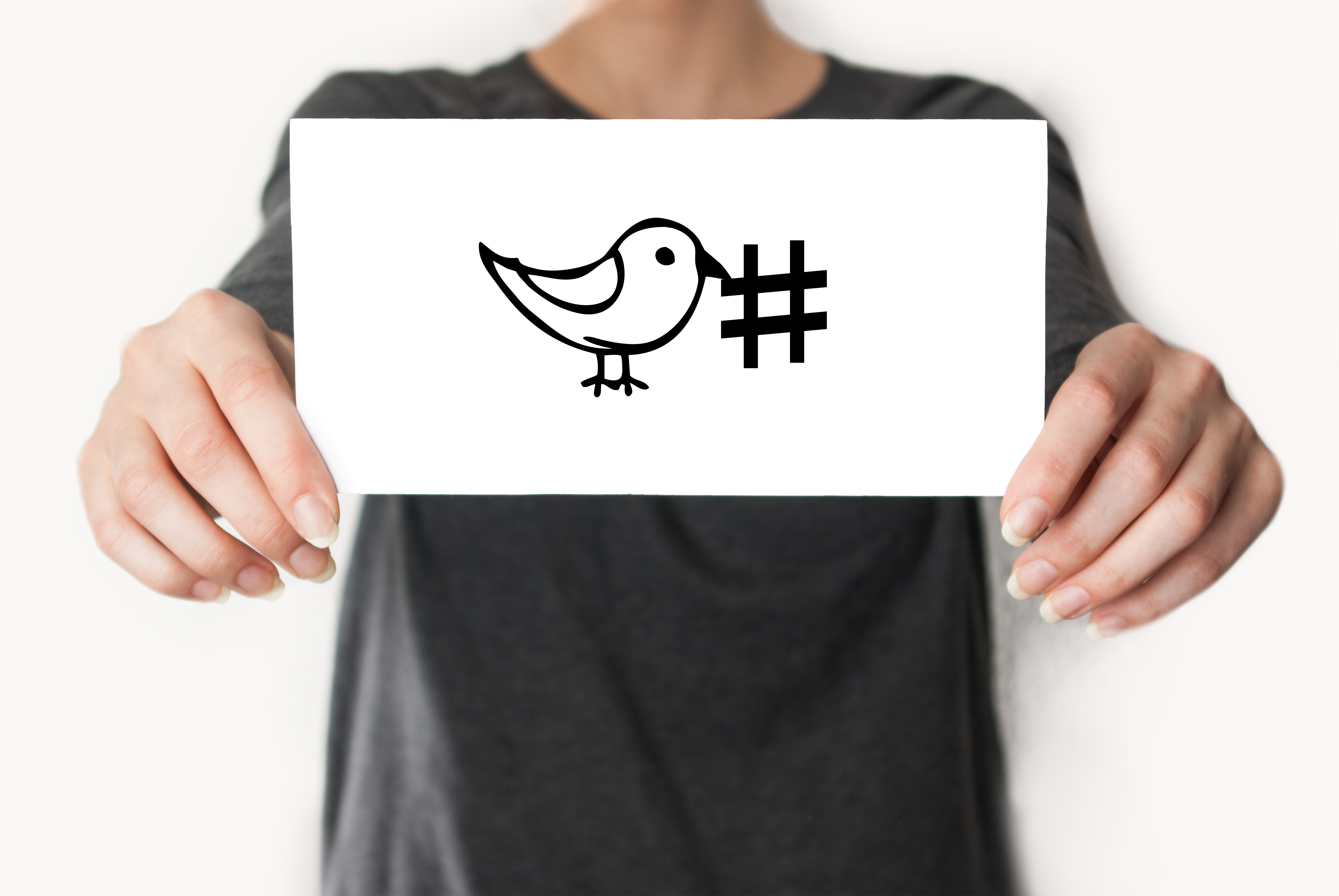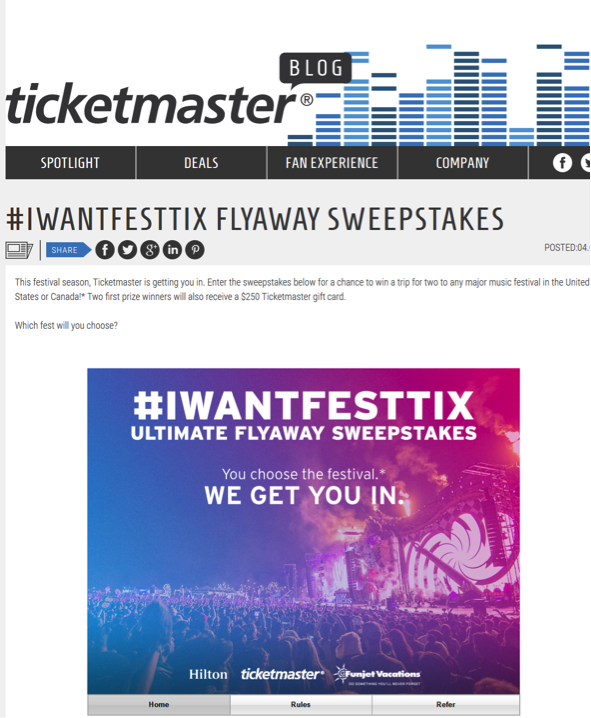More than just a #hashtag: Top 10 tips for running a social media marketing campaign
With 75% of small and medium sized businesses now using social media platforms to reach a growing audience, just how do you run a successful campaign that engages your followers and drives tangible results?
Whether you’re already active on social media sites or haven’t yet taken the plunge, we’ll walk you through the twists and turns of what makes a campaign successful, and some common pitfalls to avoid along the way.
Transcends top 10 tips give strategic advice about choosing the right channels and setting objectives, to the more tactical elements of running a campaign like scheduling posts and engaging with your audience. We use real-life examples to give you a flavour of how other brands are using social media strategies, so that you come away with enough social media tips to get started with your own campaign.
Tip 1: Be clear about why you want to use social media
As with any marketing effort, be clear about what you want to achieve. Do you need to increase newsletter sign ups? Do you want to increase traffic to your website? Know your objectives and quantify them. For example, “I want to increase social media visits to my website from 10% to 15% in 6 months”. This is an objective you can measure, which will help identify if it’s working.
Tip 2: Choose the right channels, not every channel
You’ve no doubt heard of Facebook, Twitter, LinkedIn, Pinterest, Instagram, Google+, the list goes on. With over 50 platforms to choose from, it can be tempting to set up profiles on lots of different networks, but consider the following points for a moment:
- Your audience: Which channels are your audience likely to use? If your business sells to other businesses, it’s likely LinkedIn is more relevant than Facebook. If you sell directly to consumers, perhaps they’re more active on Facebook, Twitter and Instagram.
- Your resource: Who will manage your social media strategy plan? A social media account with no activity is almost worse than no presence at all.
- Your plan: Do you have a content plan in place? Setting up the accounts is the easy part, but having a sound content plan to engage your audience is the key to success.
Tip 3: Choose a campaign that’s in line with your objectives
From photo contests and sweepstakes to caption competitions and surveys, there’s lots of choice when it comes to social media campaigns. Remember to always go back to your objectives and make sure your choice of campaign is in line with your goals.
If you want to increase your database then sweepstake competitions and prize draw giveaways are a good mechanism to generate email addresses from new users. A good example is Ticketmaster’s Festival Flyaway Sweepstakes, where users simply complete a form to be in with a chance of winning festival tickets. A substantial prize always helps to generate more interest, and it can be a successful way to get your brand noticed.
They had lots of engagement on Twitter and used the hashtag #IWantFestTix to categorise the campaign and help track what people were saying:
If you want to engage your existing fan base then a photo contest could work well, as it gives users a chance to contribute to your community and really get involved. Take a look at the example from National Geographic below. They hold an annual photo contest with various prizes so that users have a higher chance of winning. They’ve got a dedicated landing page where people can upload their chosen photo:
The campaign got lots of people talking on Twitter, even though they didn’t use a hashtag:
These campaigns are a good example of how you can use your website and dedicated landing pages to help run your campaign. However, you might prefer to choose third party platforms like Woobox as they often come with features to help promote the message and encourage sharing. Just check whether you’ll be tied into a lengthy and costly subscription, although many do offer a free trial so you can see if it gets good results first.
Tip 4: Get a timeline in place
Set a start and end date for your campaign. Get a schedule up and running (a spreadsheet is a quick and easy option to plan out your content), and decide what you’re going to say and when. Right down to the day and time. If you know your users are active on a Sunday evening, perhaps that’s a good time to start the campaign? Take a look at your Google Analytics to identify peak times.
Another good tip it to split test content so that you post the same Tweet but written slightly differently to reach a variety of audiences. There are loads of great tools like Hootsuite and Sprout Social to help with scheduling.
Tip 5: Get your assets at the ready
Depending on the campaign, you may need banners, logos or pictures of a particular size. Some software requires different sized banners for mobiles. Don’t wait until launch day to find all of this out! Be prepared so that you have everything at the ready to ensure the campaign runs smoothly.
Tip 6: Put yourself in their shoes
Run through the process of what a user has to do to enter. How will they hear about it? Do they have to fill in a form first? Do they have to upload a photo? Add a caption? Share? Vote? Go through the steps the user will go through to identify what you need. Don’t make entry too difficult or it could put people off entering. It’s also a good idea to put together some short T&Cs with a start and end date.
Tip 7: Update your social media profiles
Depending on the campaign, consider having artwork created for your social media profiles that promotes the campaign, as this can help drive awareness. Here is a handy cheat sheet with the different sizes you need when creating new imagery for your social media profiles.
Tip 8: Promote the campaign
Consider how you will promote the campaign. Will it be on your website or blog? Will you use email marketing to notify people? Do you need a dedicated landing page? Decide on a hashtag to help categorise your campaign and drive awareness, and check if it’s being used for anything already. Incentivise people to enter. Whether it’s for a good cause, money off their next purchase, or access to a free download, it all helps. Also, encourage sharing by giving people an extra entry where possible.
Tip 9: Engage with your audience
Whilst the campaign is running, you’ll need to be responding to users’ comments, questions and feedback. Make sure you have someone dedicated to this. Respond to people personally, thank them for sharing, and acknowledge negative as well as positive feedback. The more that people see you engaging, the more it will encourage them to participate. This is a good example of how Ticketmaster communicate with their audience even when something goes wrong:
Tip 10: Measure success
Identify your key metrics before the campaign starts and measure the success every day. Use analytics tools to review how well the campaign is doing and set up search streams to monitor what people are saying. There are lots of free tools to help you do this, like TweetDeck and Google Analytics.
A summary of the tips
Now that we’ve walked through the process of running a campaign and given you some tips to help structure, run and measure your campaign successfully, here is a quick checklist of what we’ve covered.
Before
- Be clear about why you want to use social media
- Choose the right channels, not every channel
- Choose a campaign that’s in line with your objectives
- Get a timeline in place
- Get your assets at the ready
- Put yourself in their shoes
During
- Update your social media profiles
- Promote the campaign
- Engage with your audience
After
- Measure success







